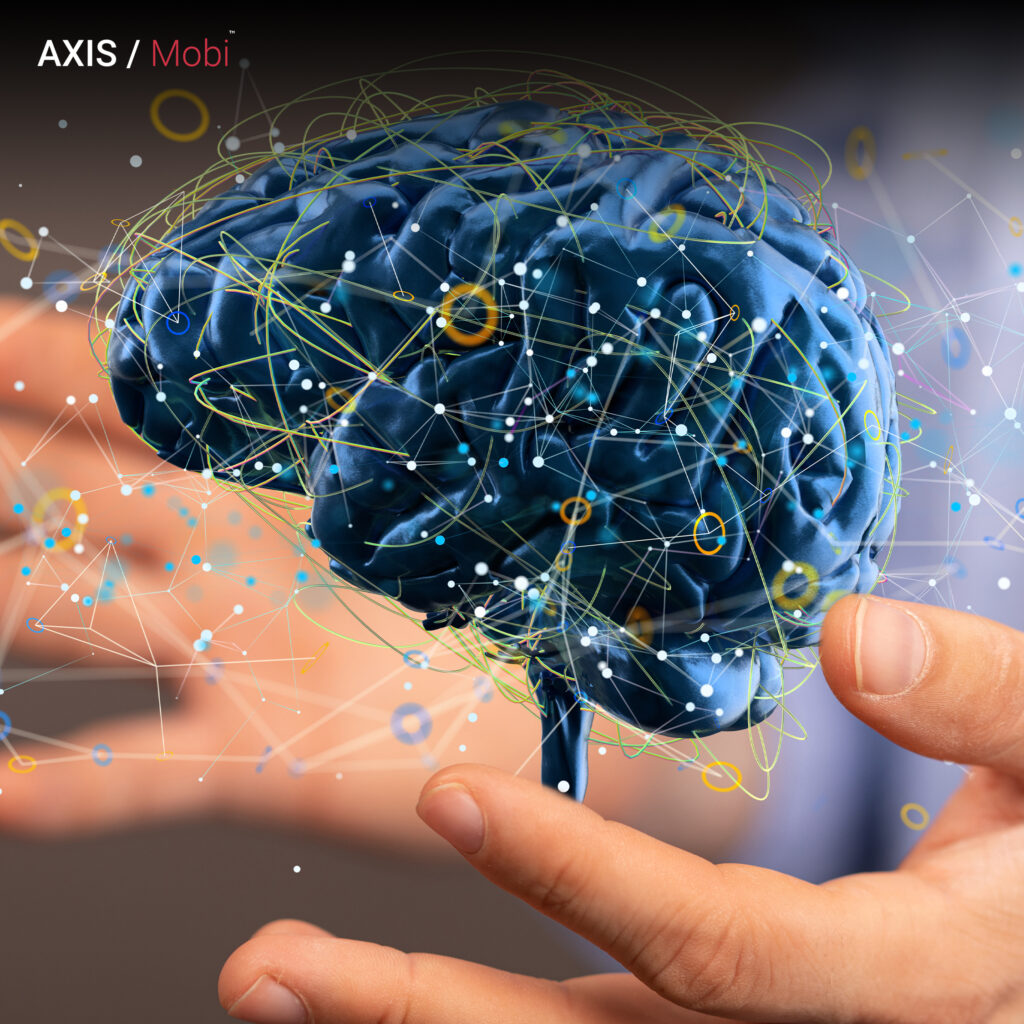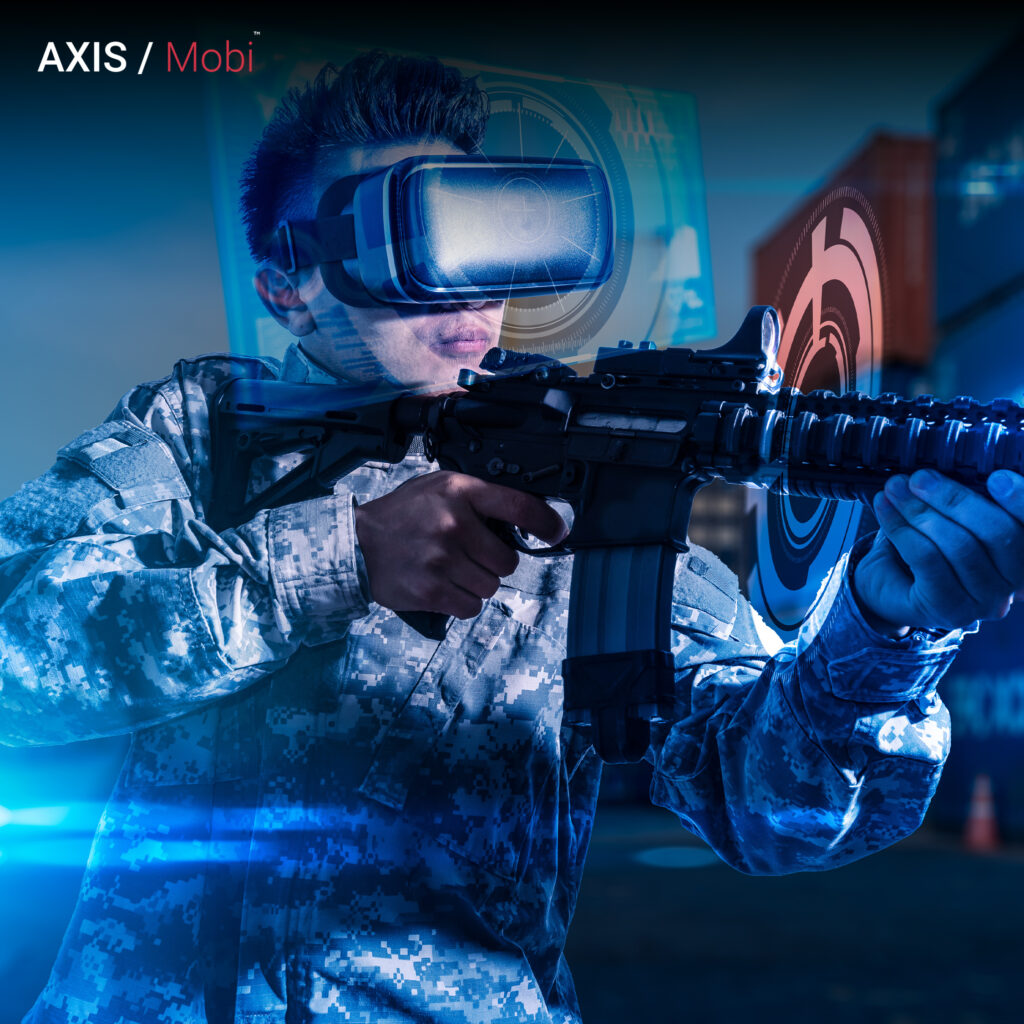A large part of our childhoods has gone into sitting in front of computer screens or with our ‘Play Station’ devices and playing with our favourite video games ranging from Far Cry, Counter-Strike, and Max Payne. But have we ever tried to figure out how gaming became so dynamic over the years? What goes in there to bring out adaptive, intelligent, and responsive behaviours in non-player characters? What took gaming to a new level with an enhanced intellectual, social, and ability? An obvious answer to all this is Artificial Intelligence.
What is Artificial Intelligence?
Artificial Intelligence, popularly called ‘AI’, is the ability of a digital computer or computer-controlled robot to perform tasks commonly associated with intelligent beings. The term is widely used in the effort to create artificial intelligence (AI) systems that possess human-like cognitive abilities like the ability for reasoning, the discovery of meaning, generalization, and experience-based learning. Various examples of Artificial Intelligence include Google Maps and Ride-Hailing Applications, Face Detection and recognition, and Online Ads-Network, among others.
What is ‘AI in gaming’?

The video game industry has long provided users with improved graphics and cutting-edge technologies. In video games, artificial intelligence creates intelligent, adaptable, and responsive behaviours in non-player characters. Gaming has advanced thanks to AI’s improved intellectual, social, and physical capabilities. The industry’s focus has shifted from creating more complex situations to simulating human traits and enhancing the user experience.
With the emergence of AI, gaming has become more dynamic. The non-player characters can now move through and navigate the different terrain in the virtual environment.
When did AI begin?
Let’s examine the development of AI in gaming, starting with the era of arcade games and ending with modern technologies.
First Generation: Arcade Video Games

They were some of the first widespread commercial video games released in the 1970s. Stored patterns by their developers first controlled the movement of a character. Microprocessors, however, were added to the devices to improve them and create more erratic movement patterns. Space invaders (1978) were among the games that kept the players hooked as they inserted coins into the machines to play.
Second Generation: Simulation

With the release of The Sims in 2000, games that mimic real-life activities became a reality. Here, gamers take on supernatural forms and have complete power over a character or their surroundings. Using various need-based algorithms, these video games govern a character’s relationships and behaviour.
Third Generation: Combat Gaming

Combat Gaming is a more complex AI development in gaming as it uses AI to create realistic opponents. In AI video games, the action flow is indicated using finite state machines. The FMS adversaries fight back, stay alive, and even recover later. The Mortal Kombat and Tekken series, Metal Gear Solid 5, and many other games are among them.
Fourth Generation: Open-World

By paying attention to players’ actions, gaming is becoming more sophisticated. Players concentrate more on spending money on unstable opponents in online multiplayer games. A future where NPCs can compete with human gamers and realistic characters who can have meaningful conversations has been made possible by AI.
How Artificial intelligence has transformed the Gaming industry?
1. Smarter games:
Over the past ten years, artificial intelligence has made great strides. The usage of AI has improved games’ intelligence significantly over the past. The user’s decisions determine the story’s outcome during the game, which was less common ten to fifteen years ago. Consider old RPG games like Prince of Persia, Devil May Cry, and countless others.
2. Realistic games:
AI has remarkable power to enhance our gaming experiences, as demonstrated by augmented and virtual reality technologies. How much AI has advanced its technology over the past ten years is astonishing.
Another significant advancement in the gaming world is using 3D visualization techniques and physics-based simulations. With the help of this cutting-edge technology, players can now play incredibly realistic games.

3.) Improving Developer Skills:
As artificial intelligence technology advances, game makers have more and more opportunities to showcase their originality. The chances and options are endless as technology advances, and this is a chance for game developers to improve their craft and produce the most refined game possible.
Conclusion
As a result, we may conclude that AI in the gaming industry has significantly advanced from the time of arcade games to the present, when games are created with the aid of cutting-edge technology.




